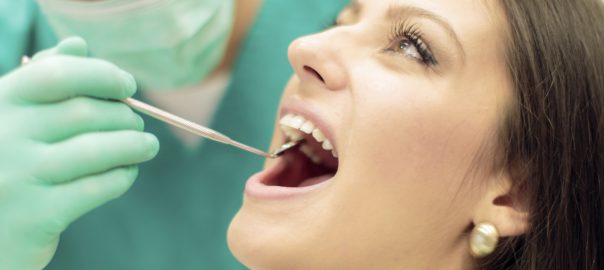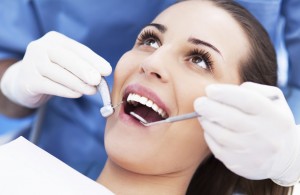Routine flossing helps to ensure that the granules of residual food left after meals are removed to prevent cavities. When traces of food remain tucked away between our teeth, it becomes a source of food for corrosive sugars to feed on; over time, this becomes the source of pockets in the teeth for bacteria to settle and the problem to compound.
Flossing is a very important step for any oral care routine, and it’s usually one of the first questions posed during a visit. If you have been uneasy about answering this question, or are like many others, vague about flossing, here are some ways you can begin to incorporate it into your everyday hygienic protocol.
- Find floss you enjoy
Waxed, non-waxed, plush, disposable picks, threaders, and water flossers are all available options. If one type of floss doesn’t make you want to floss, it’s less likely you will do it. It’s important to find a way to floss that suits your tastes. The tried-and-true thin waxed threads may irritate your gums, so trying a plush thread may alleviate your disregard. If putting thread between your teeth is off-putting, a water flosser that shoots a stream of high-pressure water may do the trick.
2. Set a reminder
If it’s not currently part of your routine, or you have so much going on it’s hard to remember, setting a reminder on your phone or a notecard by your sink may help you begin to incorporate this practice until its second nature. If the technique of flossing is something you struggle with, employ this practice as a means to check in with helpful guides that walk you through the proper steps until you get the hang of it.
3. Reward yourself
Marking off days on a calendar, watching an episode of your favorite show, or brewing a cup of your favorite tea are all great ways to reward yourself for remembering to floss. As you go along, allow yourself a special treat once a week, every two weeks, or once a month to reinforce the good hygiene habit you are forming. It takes about 21 days to form a habit, so whatever you do to encourage yourself to keep practicing for at least that long, will go a long way toward a lifetime of proper oral care.
Aesthetic Advantage has state-of-the-art educational facilities that can help you take your career to the next level, call us at (212) 794.3552 for more information.
Aesthetic Advantage proudly serves New York, Atlanta, Florida, Chicago, Pennsylvania, Boston, Rhode Island, California, South Carolina, and all surrounding areas.







 A mouth can tell a lot about a person’s
A mouth can tell a lot about a person’s  Here at
Here at